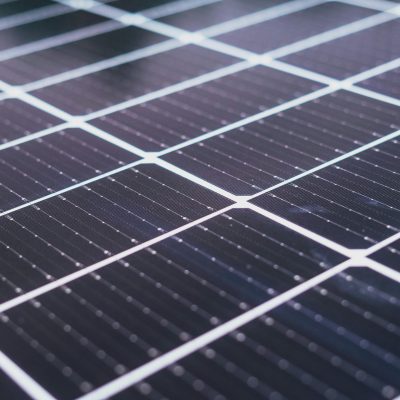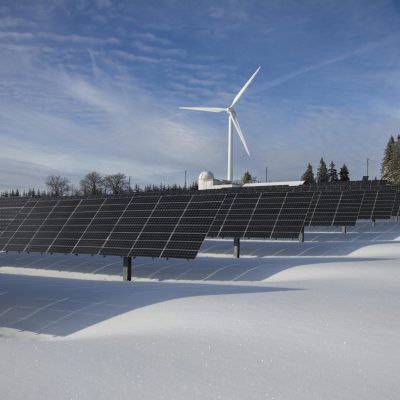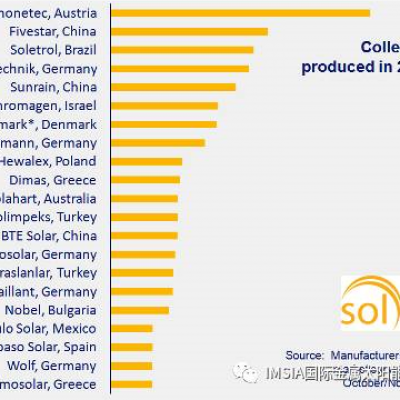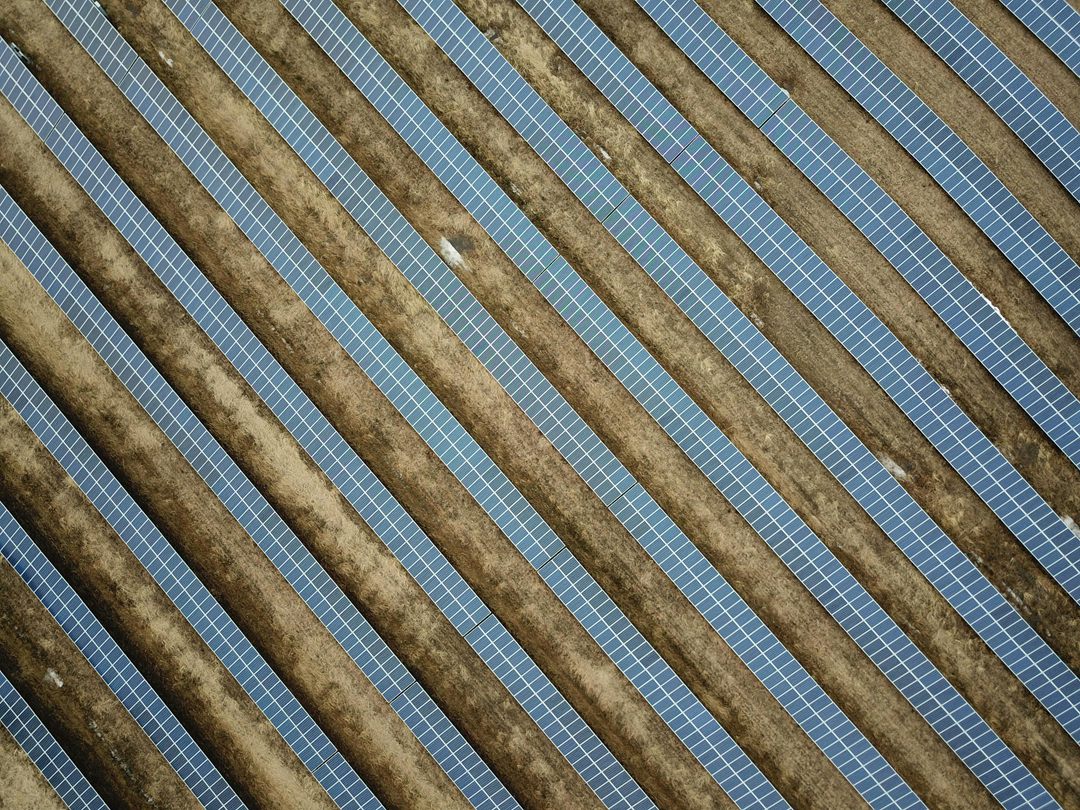
Unveiling the Impact of Location and Climate on Photovoltaic Panel Efficiency
In the quest for clean and renewable energy, photovoltaic (PV) panels have emerged as a frontrunner, transforming sunlight into electricity with remarkable efficiency. However, the performance of these solar panels is not solely dependent on their technology; external factors such as location and climate play a pivotal role in determining their efficiency. Let’s delve into how the interplay of these factors influences the effectiveness of photovoltaic panels in harnessing solar energy.
The Power of Location: Sunlight Availability
Location is paramount when it comes to solar energy generation. Regions closer to the equator receive more sunlight throughout the year, making them ideal candidates for solar installations. The angle at which sunlight strikes the Earth’s surface varies depending on latitude, with areas near the equator experiencing more direct sunlight compared to higher latitudes. Consequently, solar panels installed in sunnier regions tend to produce more electricity per unit area than those in areas with lower solar irradiance.
Furthermore, factors such as shading from nearby buildings or vegetation can significantly impact the performance of solar panels. Even partial shading can lead to a decrease in energy output, as shaded cells reduce the overall efficiency of the panel. Therefore, selecting an unobstructed location with ample sunlight exposure is crucial for maximizing the efficiency of photovoltaic systems.
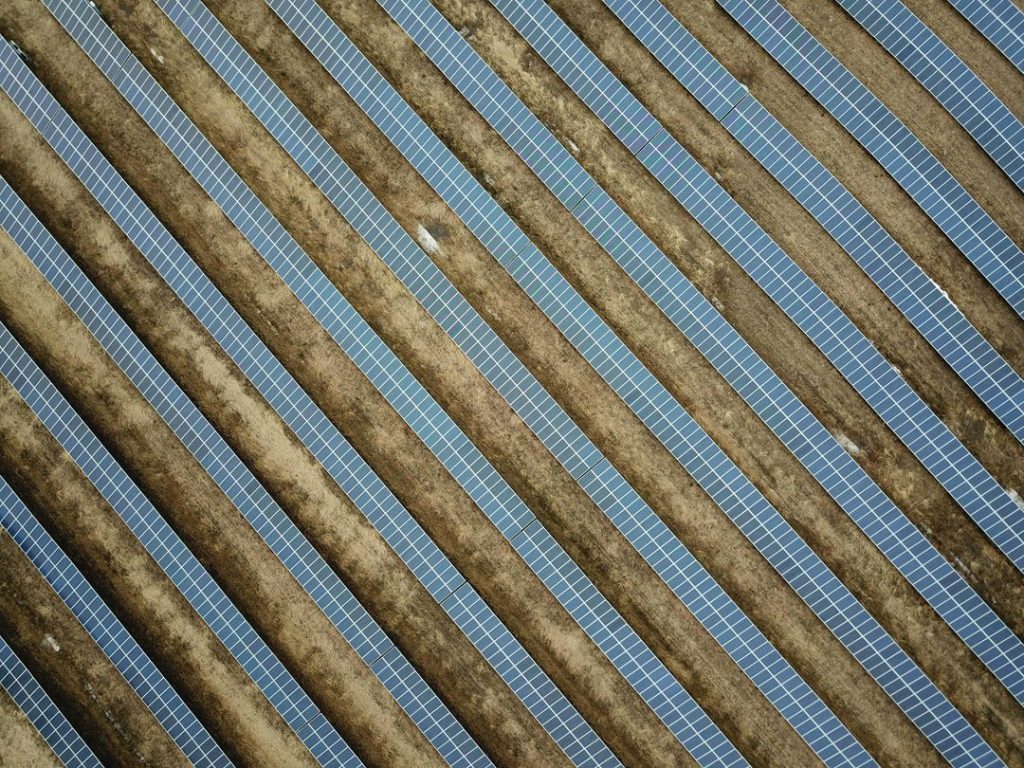
Climate Considerations: Temperature and Weather Patterns
Climate plays a dual role in influencing the efficiency of photovoltaic panels. While sunlight is essential for generating electricity, temperature and weather conditions can affect panel performance in both positive and negative ways.
High temperatures can decrease the efficiency of solar panels, as excessive heat leads to a decrease in voltage output and overall power production. This phenomenon, known as the temperature coefficient, varies depending on the type of solar panel technology used. Therefore, regions with hot climates may experience reduced efficiency during peak summer months, highlighting the importance of proper panel cooling and ventilation to mitigate temperature-related losses.
On the other hand, certain weather patterns, such as clear skies and low humidity, can enhance the performance of solar panels by maximizing sunlight exposure. However, frequent cloud cover, heavy rainfall, or dust and debris accumulation can decrease the amount of sunlight reaching the panels, thereby reducing energy output. Additionally, extreme weather events such as storms or hail can pose a risk of physical damage to solar installations, underscoring the need for robust design and maintenance practices.
Orientation and Tilt: Optimizing Sunlight Capture
In addition to location and climate, the orientation and tilt angle of solar panels play a crucial role in maximizing energy generation. Ideally, solar panels should be tilted at an angle that aligns with the local latitude to capture the maximum amount of sunlight throughout the year. However, the optimal tilt angle may vary depending on factors such as seasonal sun angles and specific energy requirements.
Furthermore, the orientation of solar panels relative to the sun’s path can significantly impact their performance. South-facing panels typically receive more sunlight in the northern hemisphere, while north-facing panels are preferable in the southern hemisphere. However, east-west orientations may be more suitable for maximizing energy production during specific times of the day or year, depending on local conditions and energy demand patterns.
Conclusion: Maximizing Solar Potential
In conclusion, the efficiency of photovoltaic panels is intricately linked to factors such as location, climate, orientation, and tilt angle. By understanding and optimizing these variables, we can harness the full potential of solar energy to meet our growing electricity needs sustainably and efficiently. As technology advances and our understanding of solar dynamics improves, unlocking the power of the sun becomes increasingly accessible to communities around the world, paving the way for a brighter and more sustainable future powered by solar energy.

